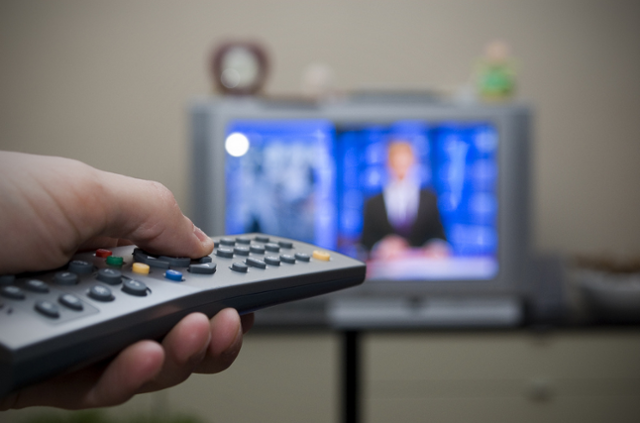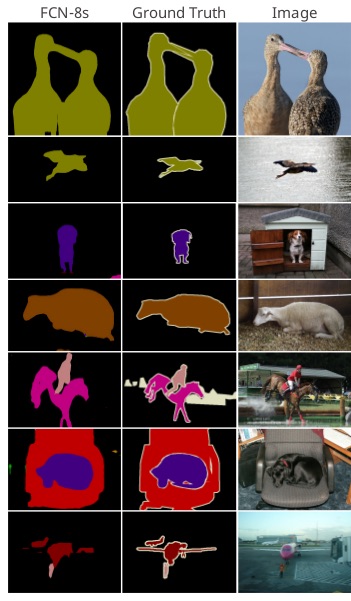Programmatic Video Highlights
For many years, and with rapidly accelerating levels of targeting sophistication, marketers have been tailoring their messaging to our tastes. Leveraging our data and capitalizing upon our shopping behaviors, they have successfully delivered finely-tuned, personalized messaging.
Consumers are curating their media ever more by the day. We’re buying smaller cable bundles, cutting cords, and buying OTT services a la carte. At the same time, we’re watching more and more short-form video. Video media is tilting toward snack-size bites and, of course, on demand.
Cable has been in decline for years and the effects are now hitting ESPN, once the mainstay of a cable package. Even live sports programming, long considered must see and even bulletproof by media executives, has seen declining viewership.
So what’s to be done?
To thrive, and perhaps merely to survive, content owners must adapt. Leagues and networks have come a long way toward embracing a “TV Everywhere” distribution model despite the obnoxious gates at every turn. But that’s not enough and the sports leagues know it.
While there are many reasons for declining viewership and low engagement among younger audiences, length of games and broadcasts are a significant factor. The leagues recognize that games are too long. The NBA has made some changes that will speed up the action and the NFL is also considering shortening games to avoid losing viewership. MLB has long been tinkering in the same vein. These changes are small, incremental, and of little consequence to the declining number of viewers.
Most sporting events are characterized by long stretches of calm, less interesting play that is occasionally accented by higher intensity action. Consider for a moment how much actual action there is in a typical football or baseball game. Intuitively, most sports fans know that the bulk of the three-hour event is consumed by time between plays and pitches. Still, it’s shocking to see the numbers from the Wall Street Journal, which point out that there are only 11 minutes of action in a typical football game and a mere 18 minutes in a typical baseball game.
A transformational opportunity
There is so much more they can do. Recent advances in neural network technology have enabled an array of features to be extracted from streaming video. The applications are broad and the impacts significant. In this sports media context, the opportunity is nothing short of transformational.
Computers can now be trained to programmatically classify the action in the underlying video. With intelligence around what happens where in the game video, the productization opportunities are endless. Fans could catch all of the action, or whatever plays and players are most important to them, in just a few minutes. With a large indexed database of sports media content, the leagues could present near unlimited content personalization to fans.
Want to see David Ortiz’s last ten home runs? Done.
Want to see Tom Brady’s last ten TD passes? You’re welcome.
Robust features like these will drive engagement and revenue. With this level of control, fans are more likely to subscribe to premium offerings, offering predictable recurring revenue that will outpace advertising in the long run.
Computer-driven, personalized content is going to happen. It’s going to be amazing, and we are one step closer to getting there.









